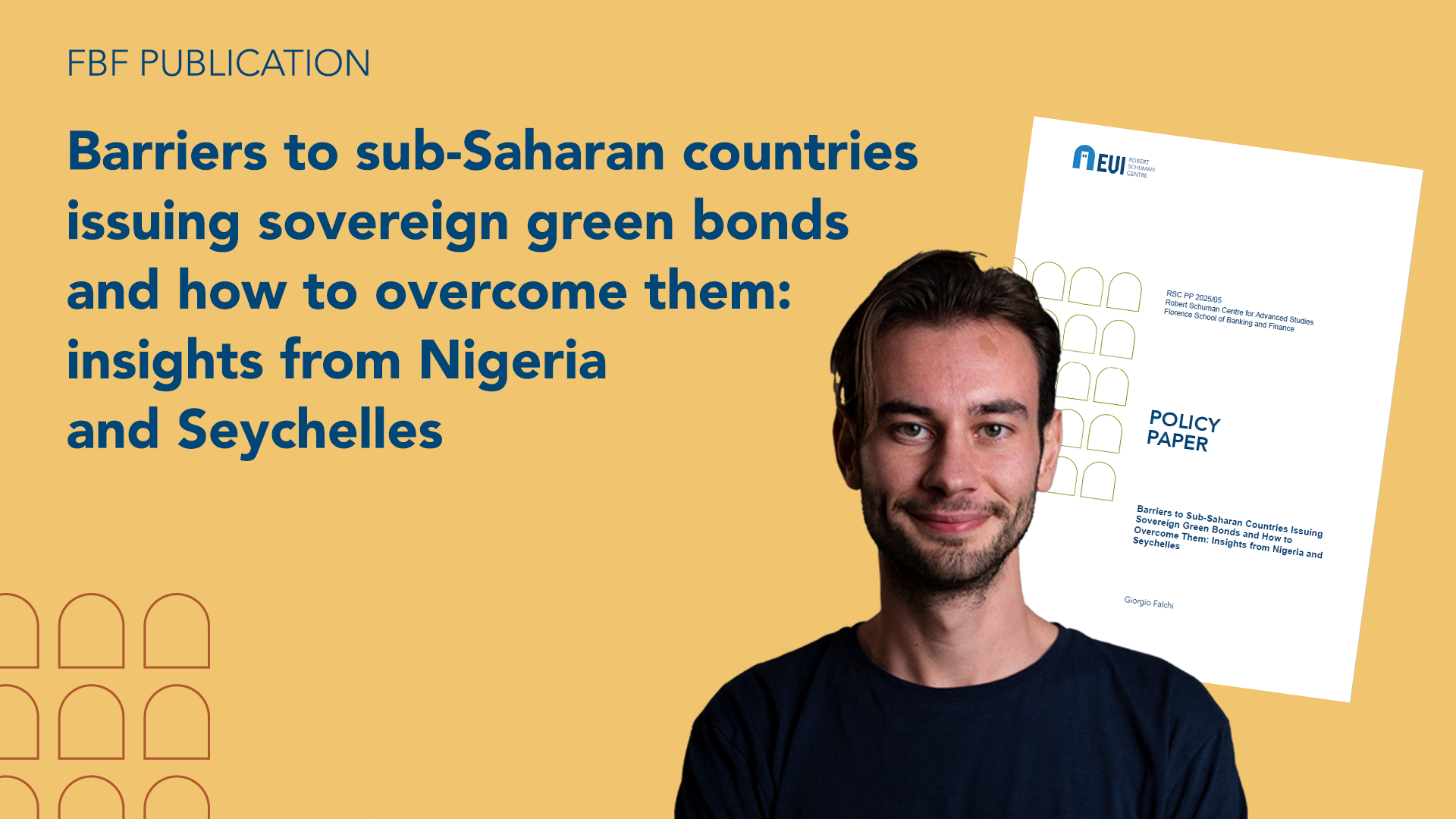Links
Next content
Read more
How have European banks developed along different dimensions of international competitiveness?
At the request of the European Parliament’s Economic and Monetary Affairs Committee (ECON), the authors compare the competitiveness of European banks to their US counterparts. The analysis highlights structural differences between the two systems,...
The Sub-Saharan African (SSA) countries are disproportionately at risk of experiencing severe environmental and socio-economic consequences of global warming. Although many countries in the region have demonstrated their commitment to mitigating and adapting to climate change by ratifying the Paris Agreement and submitting their nationally determined contributions (NDCs), public resources alone are insufficient to meet the targets outlined in these plans. Sovereign green bonds (SGBs) represent a viable tool to address these financial gaps. By issuing them SSA countries can finance NDC-related projects, mobilise capital and enhance their resilience to climate change. Despite their potential, SSA countries face significant barriers to issuing SGBs. To date, only two countries in the region – Nigeria and Seychelles – have successfully issued such bonds. This paper identifies the obstacles to issuing SGBs and distinguishes between market and institutional barriers. By analysing case studies of Nigeria and Seychelles, the paper explores how these countries overcame the challenges and the strategies they employed. The comparative analysis reveals that SSA countries need to meet three prerequisites to successfully issue SGBs: international partnerships with organisations that provide training and expertise; donor-funded transaction cost coverage; and manageable debt levels coupled with low sovereign risk. Based on these findings, the paper provides actionable policy recommendations for SSA countries either through a public issuance denominated in the local currency (as in the case of Nigeria) or through a private deal (as in the case of Seychelles) with bonds denominated in a foreign currency, depending on their features. Finally, the paper suggests that EU development financial institutions should address specific barriers that have historically hindered sovereign green bond issuances in the region by supporting the establishment of robust climate and environmental policies, thus providing financial support to offset transaction costs and offering advice tailored to each country’s capital market conditions and risk-return profile.
